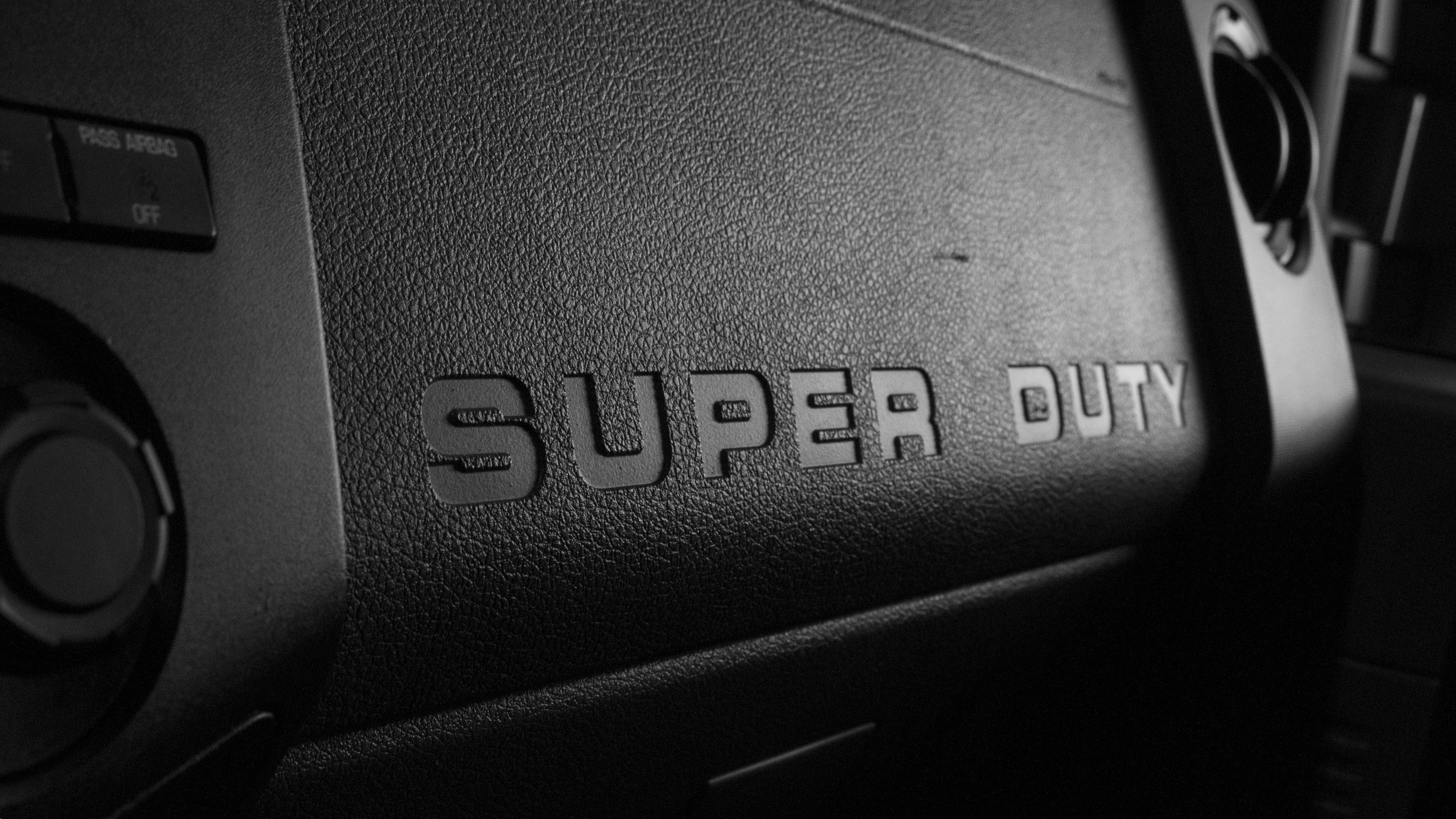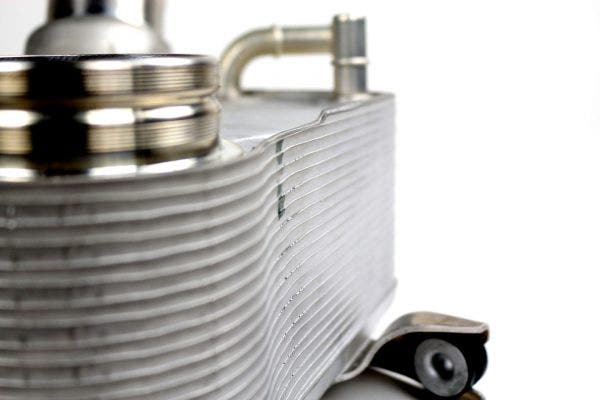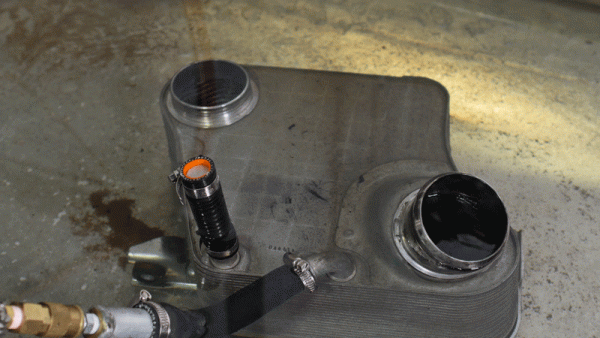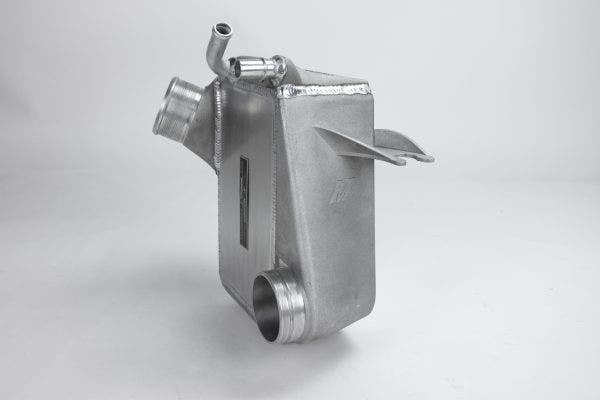
Old Dog, New Tricks - Intercooler R&D, Part 4: Strong by Design
It wasn't too long ago that we saw our 2011-2017 Ford Powerstroke 6.7L air-to-water intercooler on the flow bench. We talked about flow rates, and pressure drop, and learned that our intercooler flows air about 22% better than the stock cooler. Soon, we'll see how that increased flow translates into power on the Dynapacks. But first, I wanted to circle back to our original goal for this project: make the intercooler stronger.
We started this project over a year ago after finding reports of owners and shops chasing disappearing coolant. Further inspection would show that the stock intercoolers were leaking internally, and the coolant was making its way into the engine. While we didn't see a massive amount of these cases, there were enough reports for us to investigate further. After looking at our own 6.7L shop truck, we determined that we could make a stronger intercooler with a bar-and-plate core and cast end-tanks. We were also confident that the truck would make more power with our intercooler.

After a few weeks of talking with the shop who originally shared the information about leaking intercoolers with us, we decided to get one into our facility to see exactly what was going on. We asked the shop to send over one of the several intercoolers they replace every year and waited patiently.
Once the leaking intercooler arrived, we hooked the coolant ports up to our compressor, pumped in a few PSI of air pressure, submerged it in water, and watched. At first, it was hard to see anything happening. But, after repositioning the intercooler, the bubbles started to flow. Slowly.
We couldn't see where the bubbles were coming from due to the tightly stacked plates, but we could tell that the hole in the coolant passage was very small. One bubble would rise to the surface every few seconds, leading us to believe that the leak was a pin-hole in the brazing between the two passages. If this were a coolant leak, you probably wouldn't notice it until the level in the reservoir dropped low enough. It's unlikely that even pulling the intercooler off would reveal the leak, as most of the coolant would burn off before it had a chance to pool and create a wet spot.

So, is your intercooler going to rupture in an explosion of boost and coolant? Probably not. But, if you've been noticing higher intake charge temps or your secondary coolant reservoir has been emptying with no outward signs of a leak, you might want to give your intercooler a closer look.

Where the stock 6.7L intercooler uses a stacked-plate construction, our intercooler will utilize a stronger bar-and-plate core. This core will be more durable and resistant to the expansion and contraction caused by constant temperature changes. And, our end tanks will be cast aluminum and TIG welded to the core, instead of being built into the core. All of this will make for a bullet-proof intercooler that will hold up even under extreme boost pressures.
Stay tuned for our next post, where we'll see how our stronger intercooler performs on the Dynapacks. As always, feel free to leave any comments or questions you may have.
Thanks for reading!
-Steve












